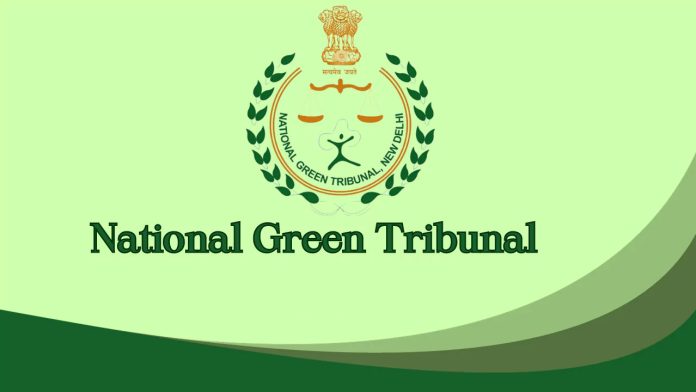- Serious note taken of revelations made by JKPCC
- Environ mgmt guidelines for houseboats to be framed
Mohinder Verma
JAMMU, Aug 23: Taking serious note of revelations made by Jammu and Kashmir Pollution Control Committee about unabated flow of untreated domestic water into Dal Lake in Srinagar and violation of environmental norms in the water sample analysis report, the National Green Tribunal (NGT) has constituted a Joint Committee to ascertain sources of pollution and find out persons/entities responsible for the same for initiating punitive action.
Follow the Daily Excelsior channel on WhatsApp
When the Original Application relating to deteriorating condition of Dal Lake on account of flowing of municipal sewage and other pollutants from different sources came up for hearing, a Bench of the NGT comprising Justice Prakash Shrivastava (Chairperson), Justice Arun Kumar Tyagi (Judicial Member) and Dr A Senthil Vel (Expert Member) observed, “response only from Member Secretary, Jammu and Kashmir Pollution Control Committee has been received and the same reveals unabated flow of untreated domestic water into channels and violation of environmental norms in the sample analysis report such as high concentration of BOD, Total Coliform and Fecal Coliform etc”.
“The response further reveals that untreated sewage is flowing into Dal Lake from areas like Telbal, Lalbazar etc and there are about 910 houseboats in Dal and Nigeen Lakes and their water often gets discharged into Dal Lake without any treatment”, the NGT said.
The Tribunal further said, “we find that Dal Lake and two backflow channels Nayadyar and Jogilankar are almost anaerobic and high organic load going up to level of 23.5 mg/l. With regards to reporting data, it is to be ensured that analysis of Total Coliform and Fecal Coliform may be carried out as per standard notified —MPN/100 ml and not CFU/100ml”, adding “we further find that operating Sewage Treatment Plants are non-compliant although they are supposed to meet standards already directed by the Tribunal vide order dated 30.04.2019”.
Expressing serious concern over Sewage Treatment Plant (STP) at Barinambal not designed and operated properly, the NGT has directed the J&K Pollution Control Committee to give performance data of all STPs with the particular of designed capacity, utilization and quality of inlet and outlets performance.
Stating that expeditious remedial action is required to be taken to ensure that pollutants including untreated sewage don’t enter the Dal Lake, the NGT has constituted a Joint Committee of Member Secretary, JKPCC, Vice-Chairman, J&K Lake Conservation and Management Authority, Srinagar; Deputy Commissioner, Srinagar; Regional Officer, Ministry of Environment, Forest and Climate Change, Chandigarh; and senior officer of Central Pollution Control Board to be nominated by Member Secretary, CPCB.
The District Magistrate, Srinagar will act as a coordinating agency in the Joint Committee, which will ascertain the sources of pollution in Dal Lake, find out the persons/entities responsible for the same and take appropriate remedial and punitive action. Moreover, the NGT has directed the Joint Committee to prepare environmental management guidelines for houseboats.
“Let this exercise be completed within a period of three months and an action taken report be filed by the Joint Committee at least one week before the next date of hearing”, read the order passed by the Tribunal.
EXCELSIOR in its edition dated August 21 had exclusively reported that JKPCC had collected water samples from 24 spots of Dal and Nageen Lakes and subjected them to analysis for various physico-chemical parameters. Out of the water samples collected and tested for 24 locations, only one spot conformed to Class B criteria (fishable and swimmable conditions may be good to excellent quality).
Further, waste water quality analysis reports of six operational STPs revealed that quality of the treated water for all analyzed parameters doesn’t fall within the prescribed limits and treated water is entering into Dal Lake which should have been otherwise utilized for irrigation, construction work etc.


